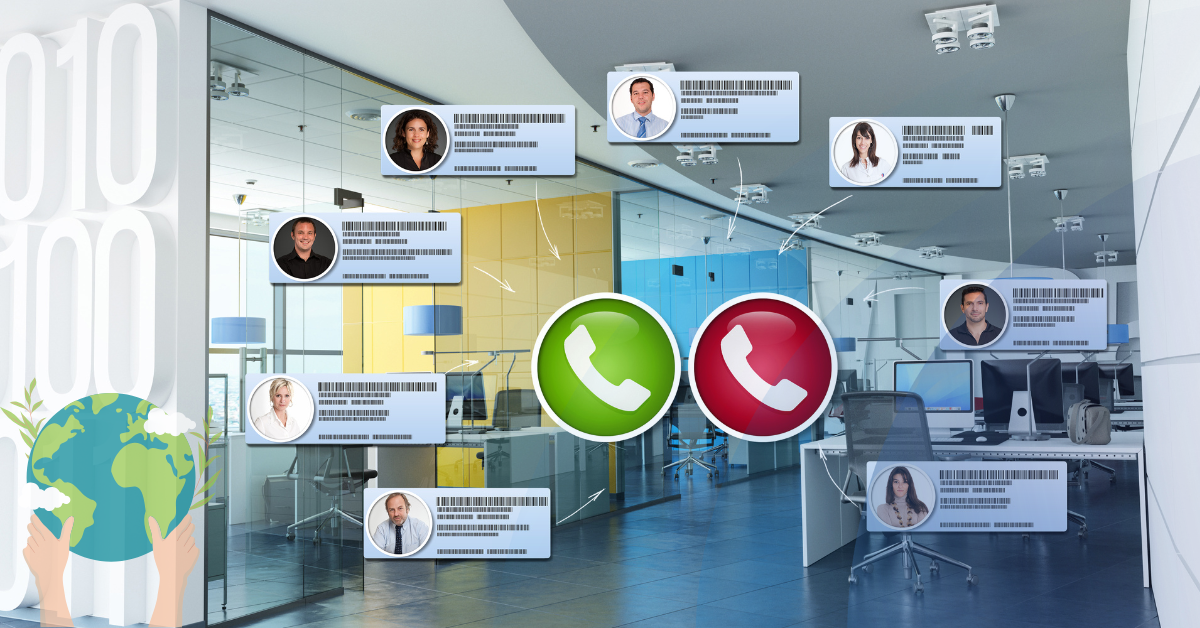Camp Omnia is our little way of paying homage to summer rituals while we continue adulting. In this week’s blog, and as part of our Camp Omnia series, we’re going to earn our Positive Team Dynamics badge.
Even if they are working from home, completing most of their activities independently, your employees don’t generally work in total isolation. They make contributions for the greater good of the company and participate in a variety of cross-functional teams. The effectiveness of those teams ultimately determines the success of the organization. The Team Leader is responsible for managing the team’s dynamics to create and sustain a high-performing team that thrives in a positive, productive climate.
Defining Team Dynamics
Before we get into the strategy of team dynamics, let’s pinpoint what the term means. Team dynamics are the emotions and energies that flow between team members. Put simply, they’re an indication of how well the team gets along and performs together.
Why Positive Team Dynamics are Crucial
People are the heartbeat of an organization, and how they perform in teams determines whether the rhythm is strong or erratic. If negative team dynamics plague your group, your employees could spend more time arguing and finger-pointing than getting things done. Morale will be low, turnover will be high, and productivity (and profits) will take a nosedive.
On the other hand, if your group exhibits positive team dynamics, your employees will be mission-focused and collaborative. They’ll understand one another, accept each other (at least enough to get the job done), and work well together. Morale will be much higher, turnover will be much lower, and productivity will be poised to reach new heights.
Developing and Fostering Positive Team Dynamics
Team diversity is a powerful asset, but you must know how to guide members to function as a cohesive unit, each one playing a pivotal role and contributing their unique talents. So, how do you develop and foster positive team dynamics at your company? It starts with building a solid group from the get-go.
If you hire the right people for each position who align to the kind of company culture you want to cultivate, it will be much easier to get employees to gel. Each team member will be set up to succeed, which reduces stress and conflict. Plus, everyone will be on board with the firm’s mission, vision, and values, which should mean smoother interactions and better collaboration.
Once your dream team is in place, you need to fully utilize each member’s strengths, understand what motivates them, and learn how they like to be recognized. As a leader, you must be adaptable because no two employees are the same. Some will need regular supervision, public recognition, and monetary rewards to stay on track. Others will prefer autonomy, private praise, and other perks to remain satisfied. If each member is content, the group is more likely to have a positive team dynamic.
In addition to meeting your team’s needs, it’s your responsibility to guide them to achievement. Involve each member in the goal-setting process – both for their own professional development and department and company-wide objectives. Doing so will increase engagement and a sense of ownership of the work, strengthening the team’s focus on hitting their targets.
And key tip here: The best goals follow the guideline of being SMART goals. They’re specific, measurable, achievable, realistic, and time-bound.
Resolving Team Conflicts
Whenever two or more people are gathered, differences of opinion are likely to ensue at some point. Despite your best efforts to help team members understand one another, put their differences aside, and work in harmony, conflicts will arise. Conflict is a natural part of work (and life), and if managed properly, can result in growth. Without different thoughts and approaches, innovation can’t thrive. However, if left to fester, conflict can destroy your team and derail progress. To resolve these issues within your group, follow these best practices:
Stay calm and help your employees stay on an even keel, too. Conflict can cause intense emotions that get in the way of productive conversations.
- Get at the root of the problem and address the core issue. Otherwise, it will come back.
- Host a meeting on neutral ground to discuss the issue. Set a clear objective: You’re all there so the employees can get past the problem and resume contributing their talents.
- Allow each party to speak uninterrupted. Remind them to keep their statements factual, not personal.
- Listen carefully to what’s said, take notes, and plan to investigate further if necessary.
- Help team members find common ground and brainstorm potential solutions.
- Have the employees agree upon which resolution works best for everyone.
- Check in with each team member periodically to see if the situation has improved.
- For the long-term health of the team, instill a team belief in always assuming positive intent.
Remember, your role is to facilitate the mediation process. Your team members need to actually implement the resolution and follow through with it over time. Minimize your involvement in getting directly involved where possible. Your team won’t thrive if everyone comes to you to handle the complaints or solve the problem. If needed, develop your team with skills on giving feedback in a productive way that leads to improved communication and conflict resolution.
How Omnia Can Help
Let’s review a little. Fostering positive team dynamics starts with the individual team members. Start by hiring the right people and knowing how to motivate, manage, and recognize them. Gauging a potential employee’s strengths from an interview or understanding how to lead each worker from observation can be very challenging. Omnia can help.
Speak to the Author!
Have an article specific question or want to continue the conversation? Now you can! Contact the author directly through the short form below and Keather Snyder will respond to your query. If you have a more general question please use our chat function, call 800.525.7117, or visit our contact us page and we’ll have a subject matter expert answer your questions.
























